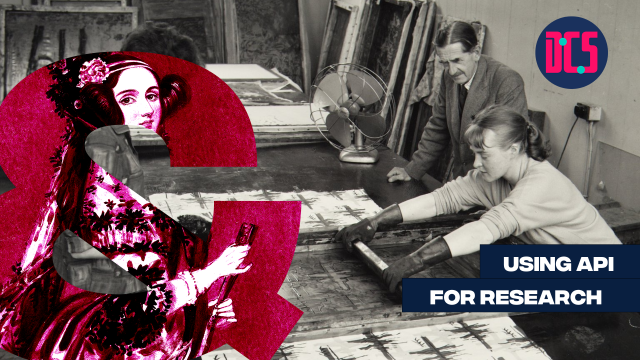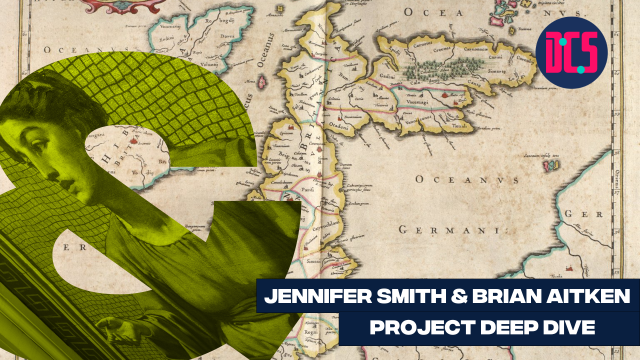Silent Disco: Georeferencing and creating a new vector layer in QGIS
Our 'Silent Discos' are based on tutorials from the Programming Historian website. This training is based on Creating New Vector Layers in QGIS 2.0 and Georeferencing in QGIS 2.0
Participants will meet for a brief introduction to QGIS, and then you'll work on your skills at your own pace. The facilitator will be available in Teams Chat to reply to any questions that arise during the workshop and help troubleshoot or explain issues. Participants will reconvene at 16:00 to briefly reflect on what you have learned and how you can continue to build your new skills in QGIS.
Those who have booked their place will receive an email with full details and a link to take part in in advance of the live session.












